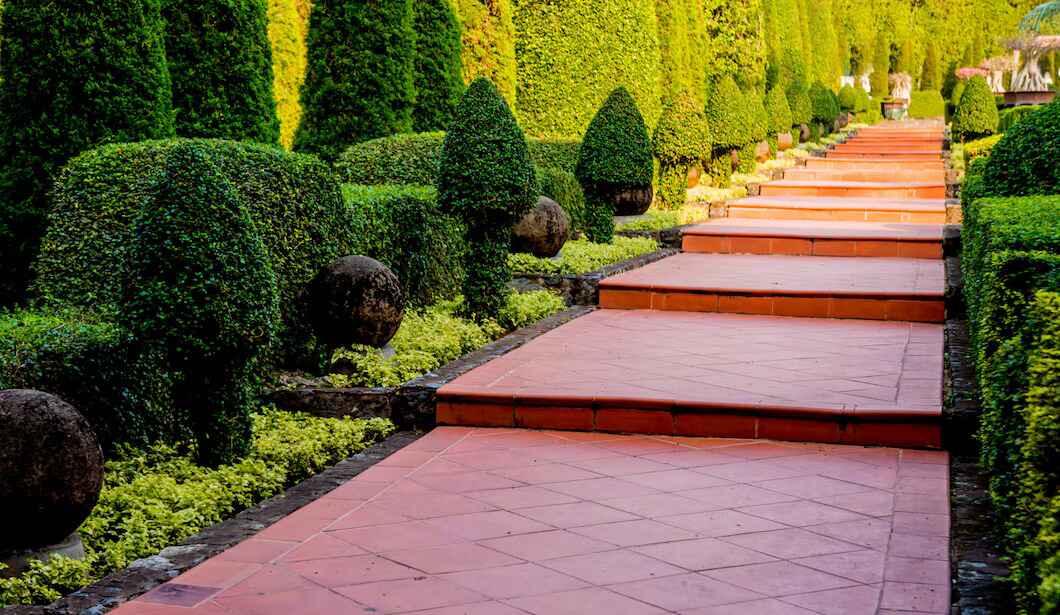There are key elements of almost any landscape, be it commercial landscaping or residential landscaping. These elements work together to create a well-balanced outdoor space that serves visuals and personalized benefits for the homeowners.
The foundation of a landscape design is line, form, color, texture and function. Read below about them in detail.
ELEMENTS OF A LANDSCAPE DESIGN
Line
The role of a line in landscaping can be used to manage movement; these can be in the form of a pathway. Lines can also define water features such as a pool, pond or other additions such as a gazebo or fire pit. With the use of lines, your landscape design can be constructed with several shapes such as straight, curved and diagonal lines. These serve as aesthetically appealing and create various designs with the use of hardscaping and softscaping features.
Form
The form is the shape of a hardscape or softscape feature. Hardscaping is in many forms and types from pathways, walls, stones, pergolas and gazebos. Meanwhile, softscaping that consists of plants comes in many kinds from flowers, flower beds, fruits and vegetables. These differentiating forms create a balanced design and appeal, with maintenance playing an essential role in keeping the form of these features alive These are of multiple shapes and heights that create a contrasting effect.
Color
One of the most essential elements of a landscape design, colors play an important role in the look of a landscape area. Colors can be incorporated by personal preferences or by seasons. For example, in the summer season, more vibrant flowers and plants can be used to create a summer garden that represents the season. As for the hardscape, you can customize it as per your interests or colors of nature.
Texture
Different types of textures such as hard or soft, heavy or light, coarse or smooth hardscape and softscape features create a balanced design. By adding several textures to your landscaping area, it creates an attractive space with depth and dimension to the design.
Scale
Adding several types of heights and widths creates a composed design. These should be kept in mind with the size and the layout of the outdoor area, your property and existing or additional features in the outdoor space.
Function
In landscape design, functionality is being incorporated as homeowners are making sure that their landscape and garden design is such that is practical and visually appealing. The function of a landscape design depends on the user’s preferences and lifestyle. For example, a landscape design may have a swimming pool, a sitting area or a pathway for taking a walk. These serve as a practical design for the owner. You can add features to your landscape to further enhance the functionality of the space. Adding or eliminating things with time and changing needs. But what’s given is that your functional landscape design is a key aspect in increasing your property value as well as forming a space where you can relax and enjoy on your own or with others.

